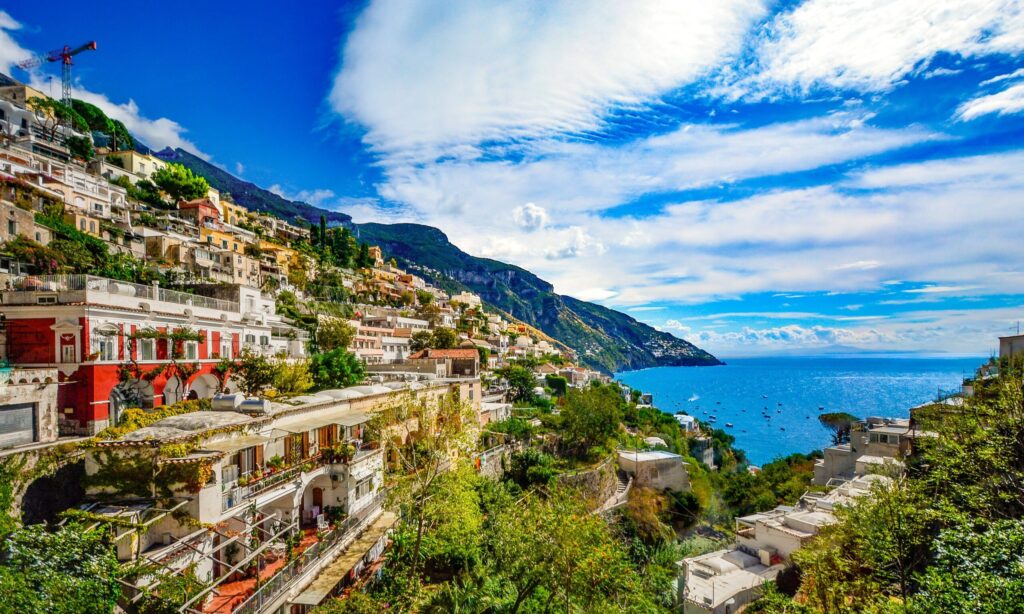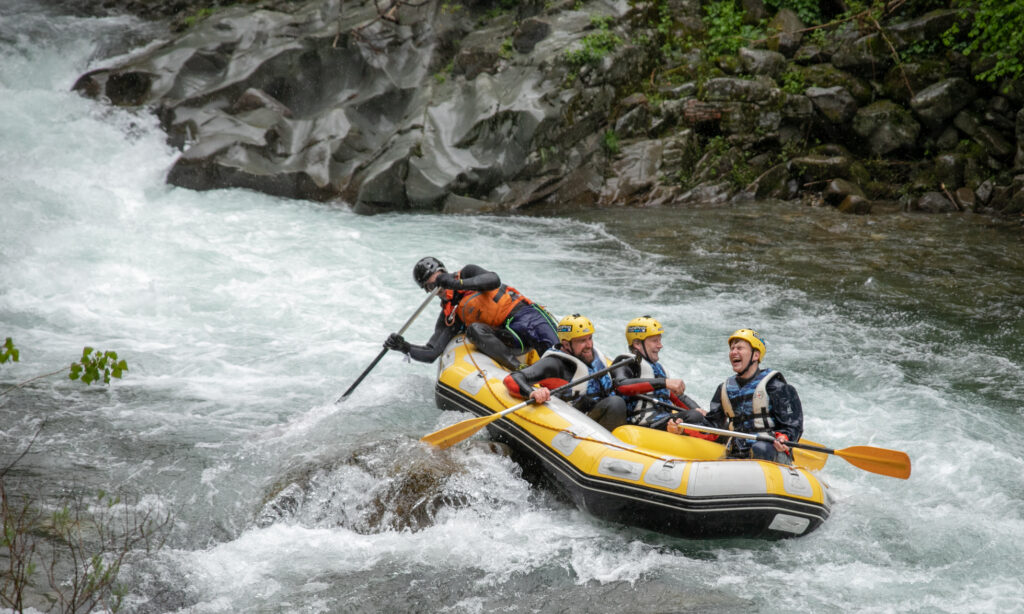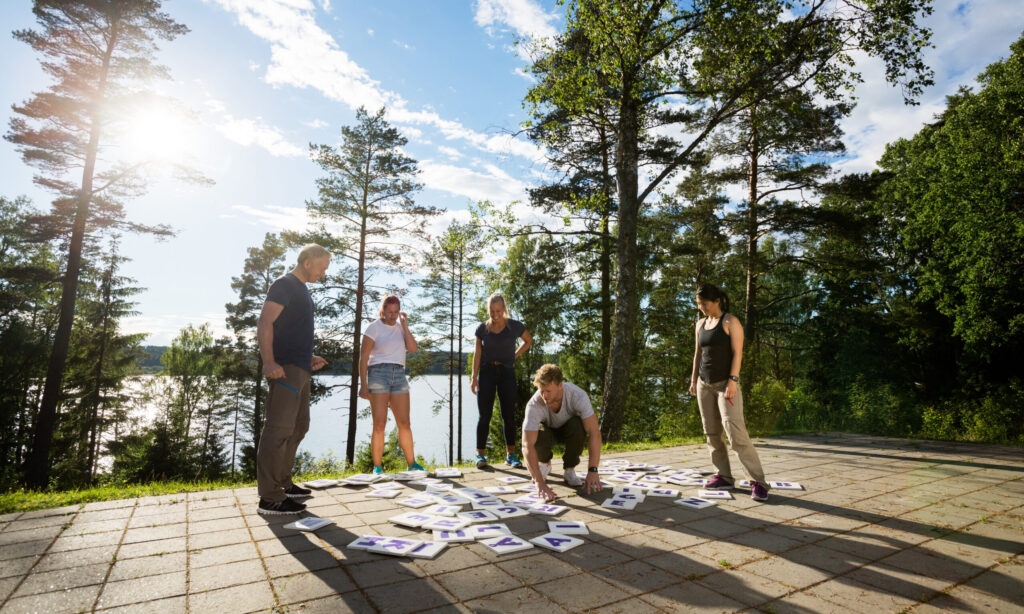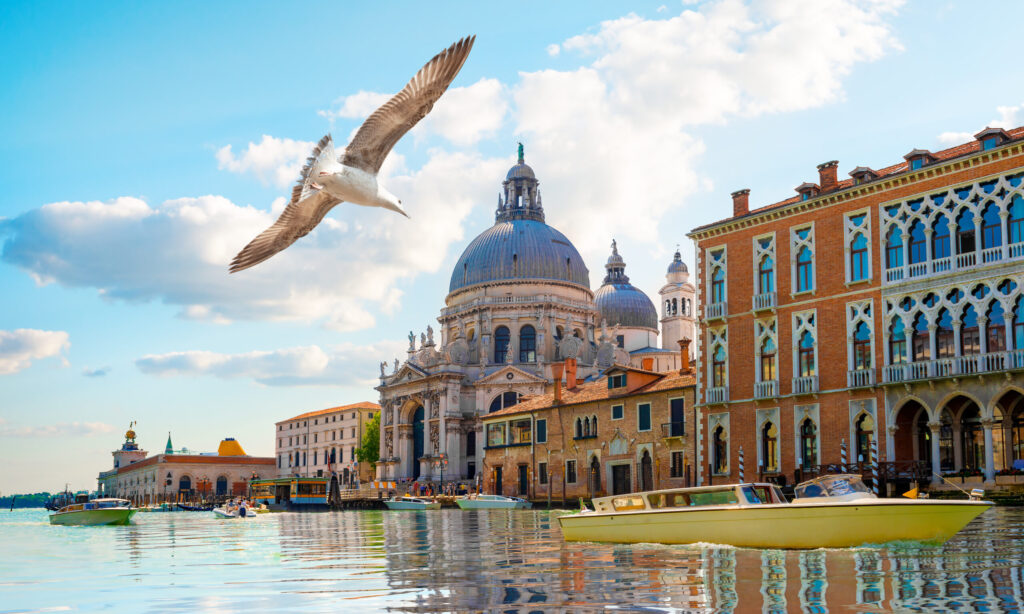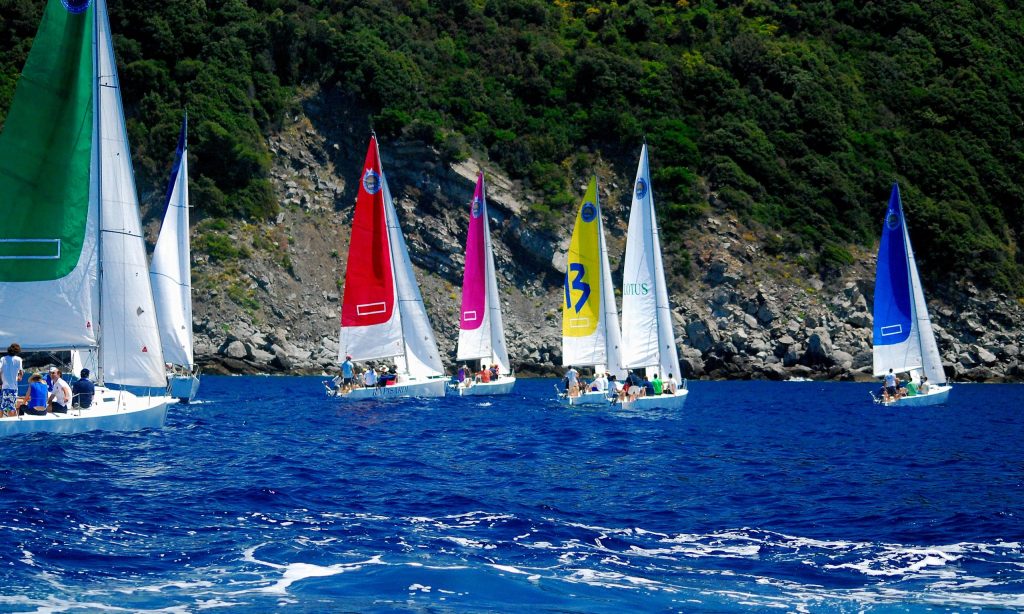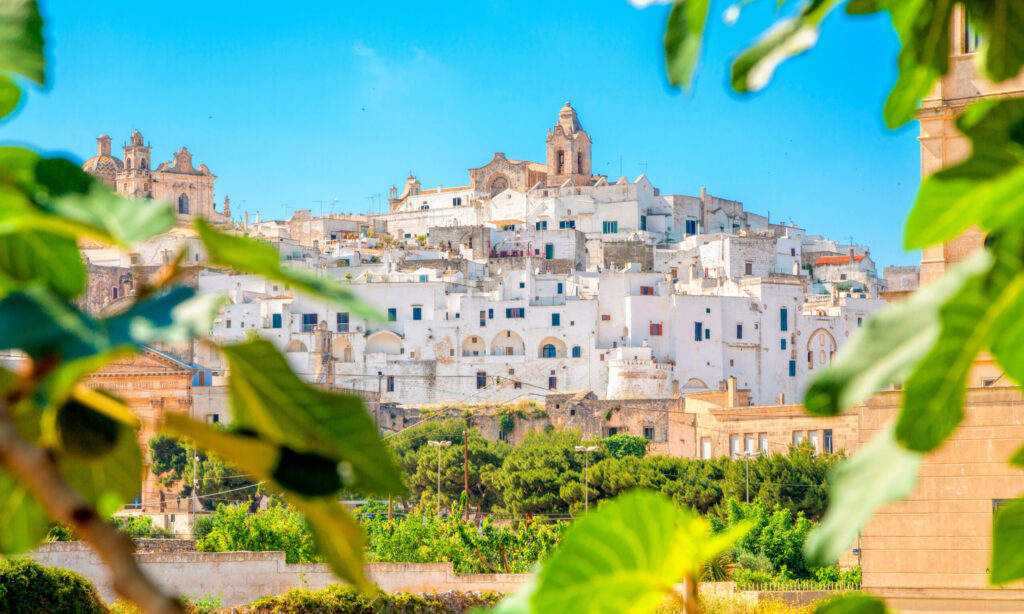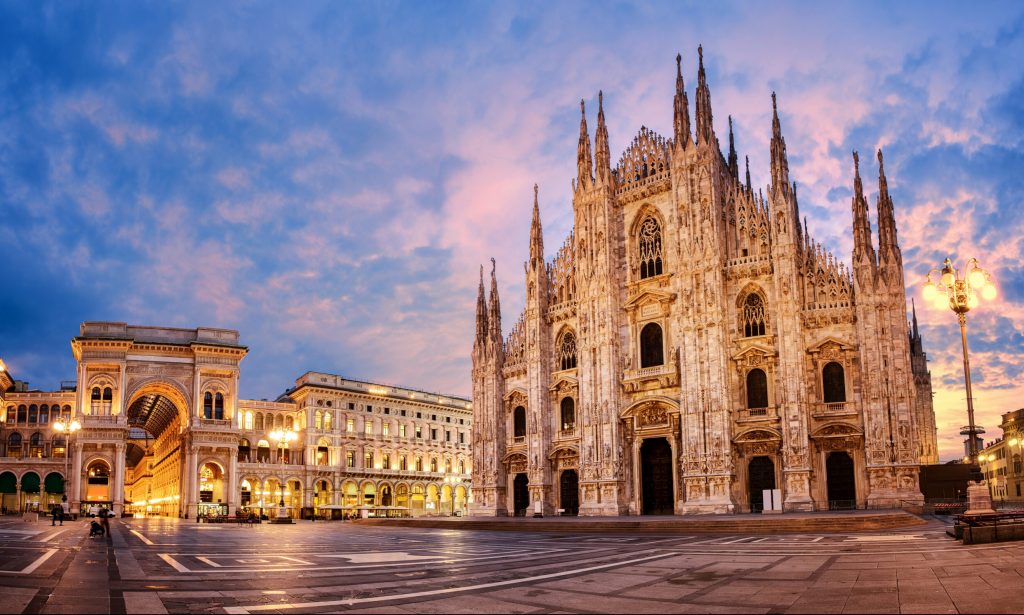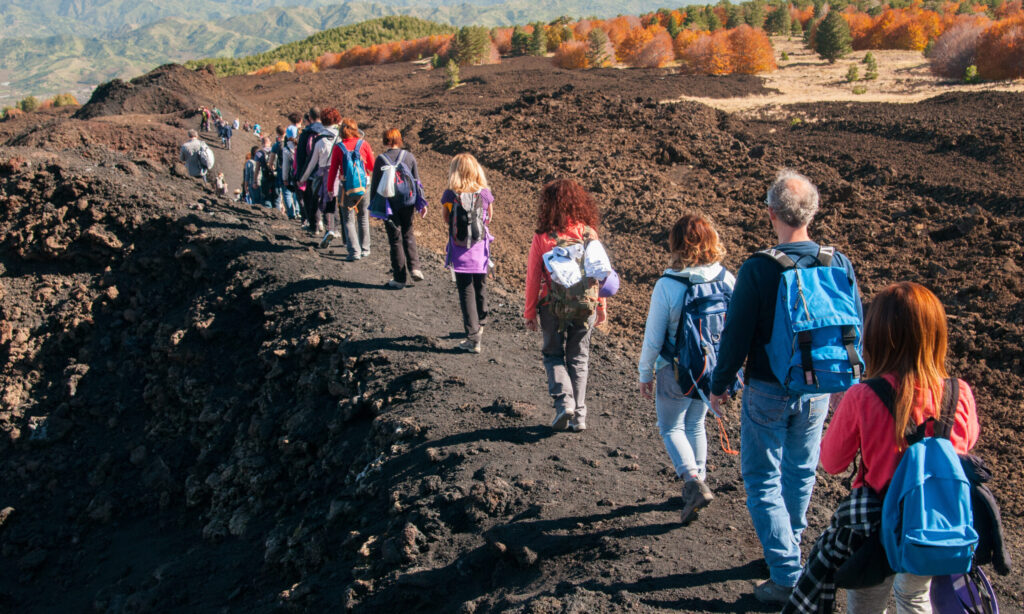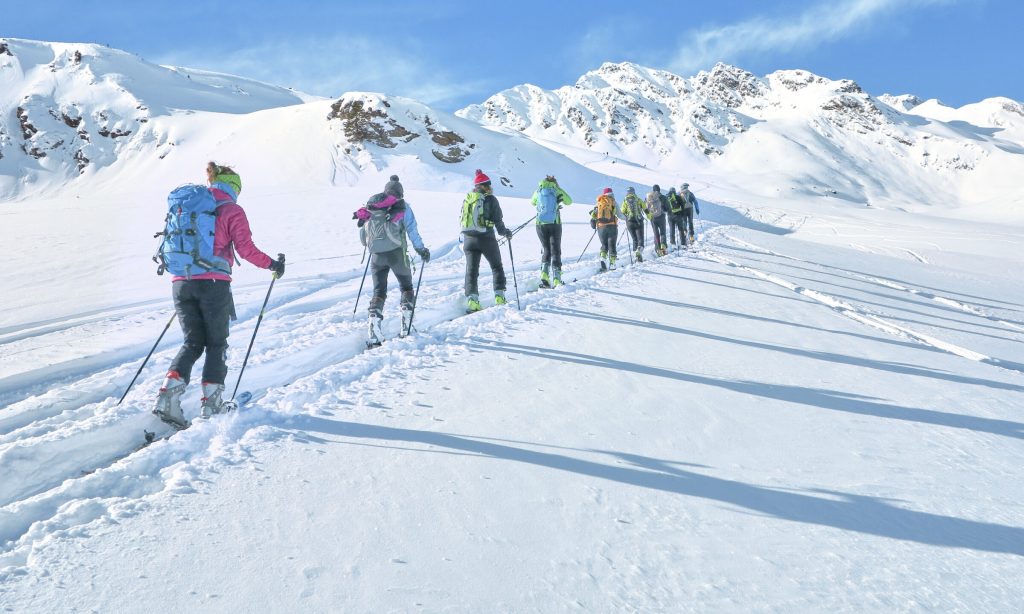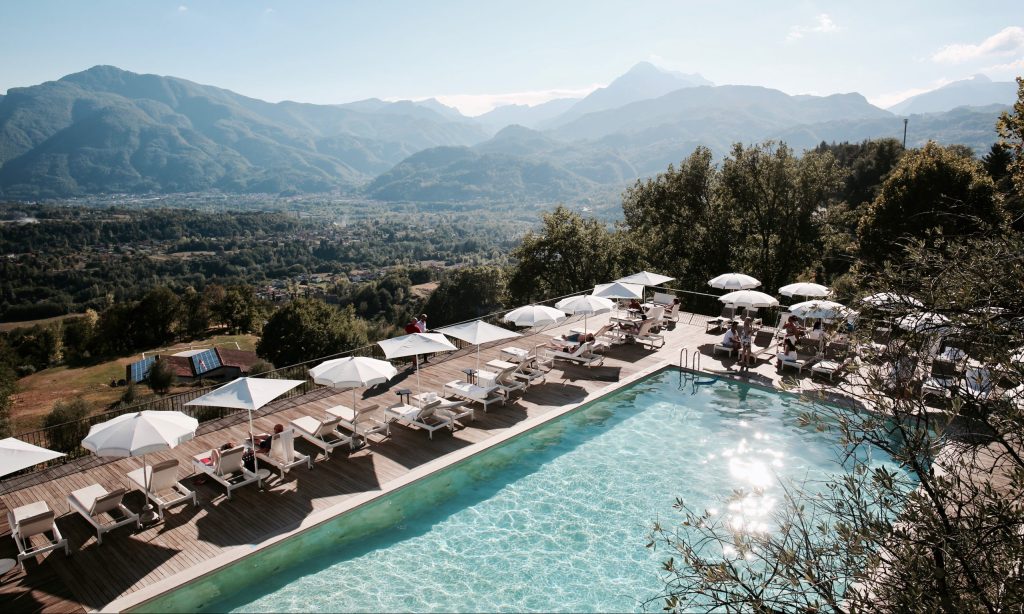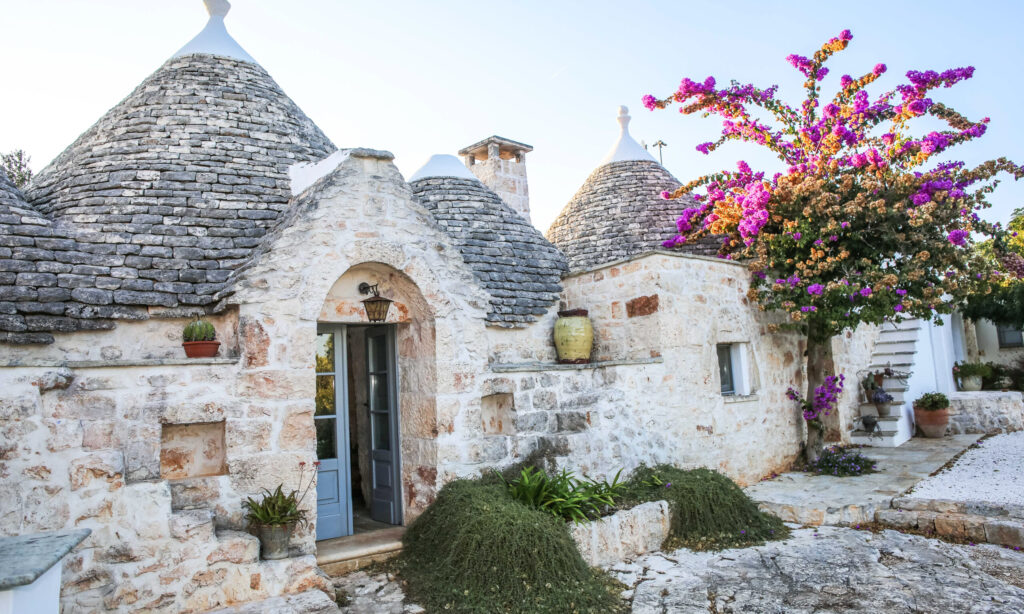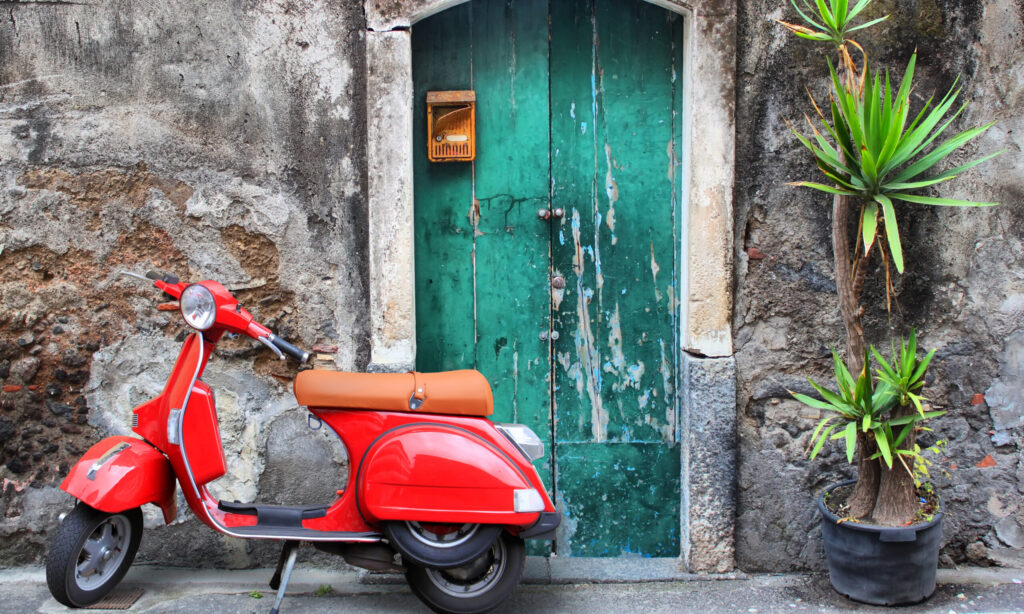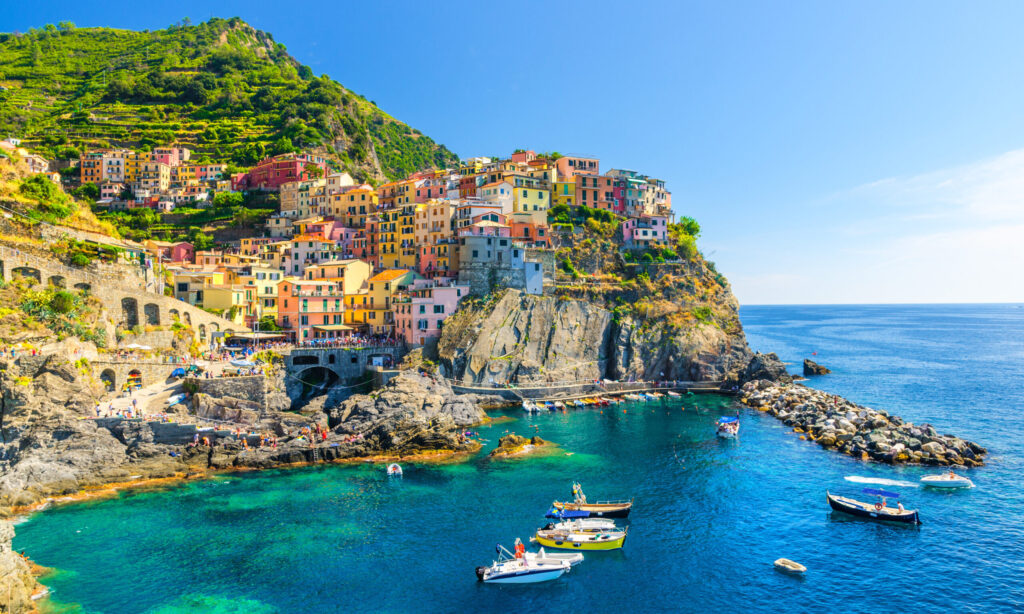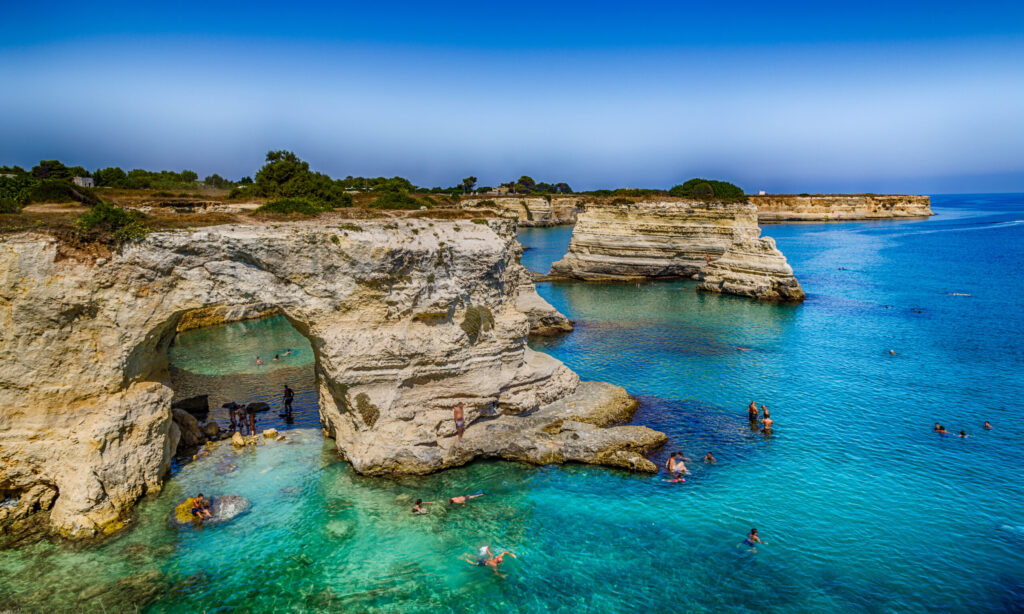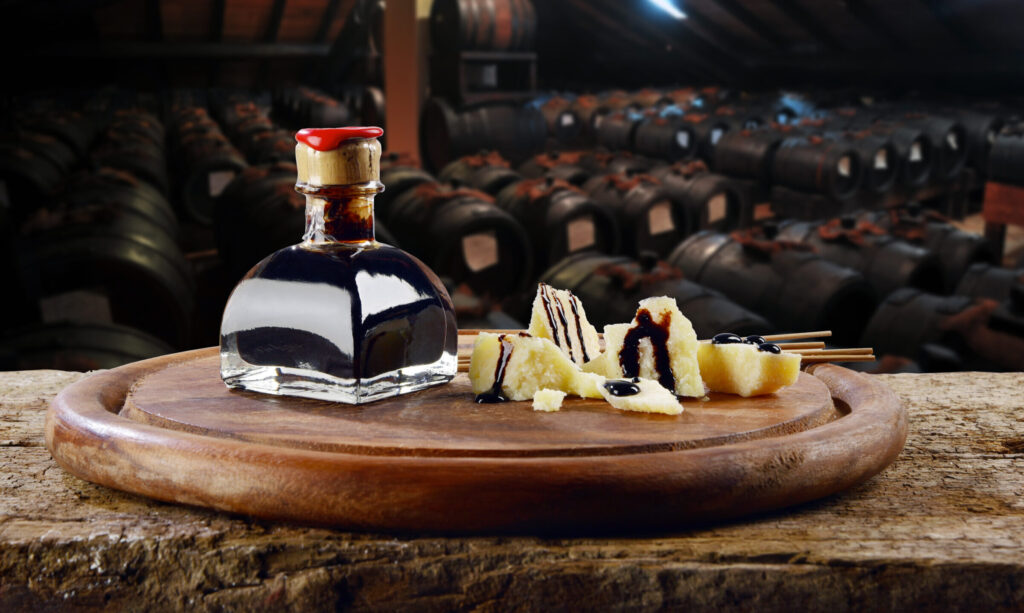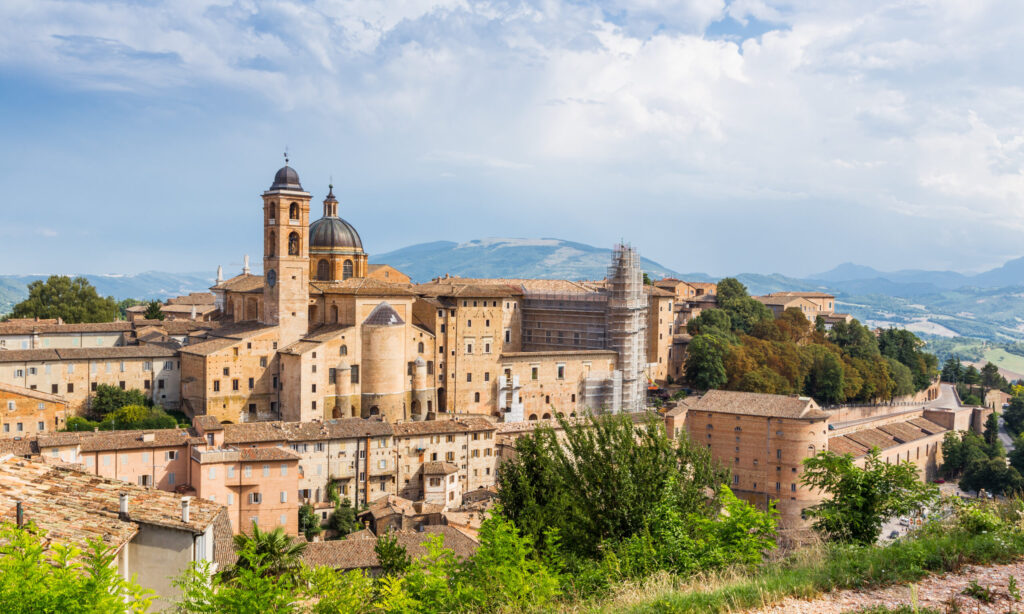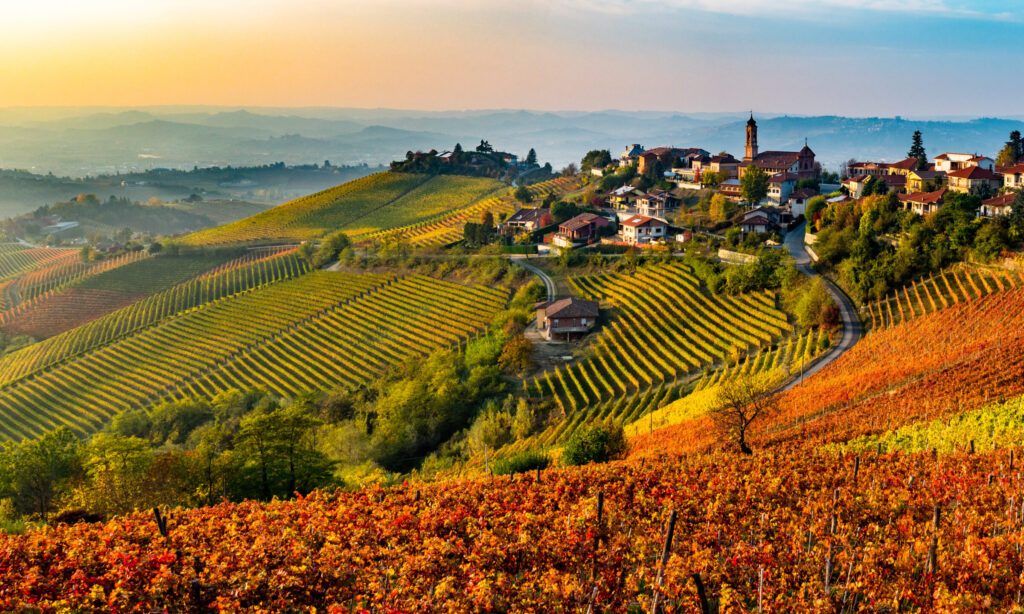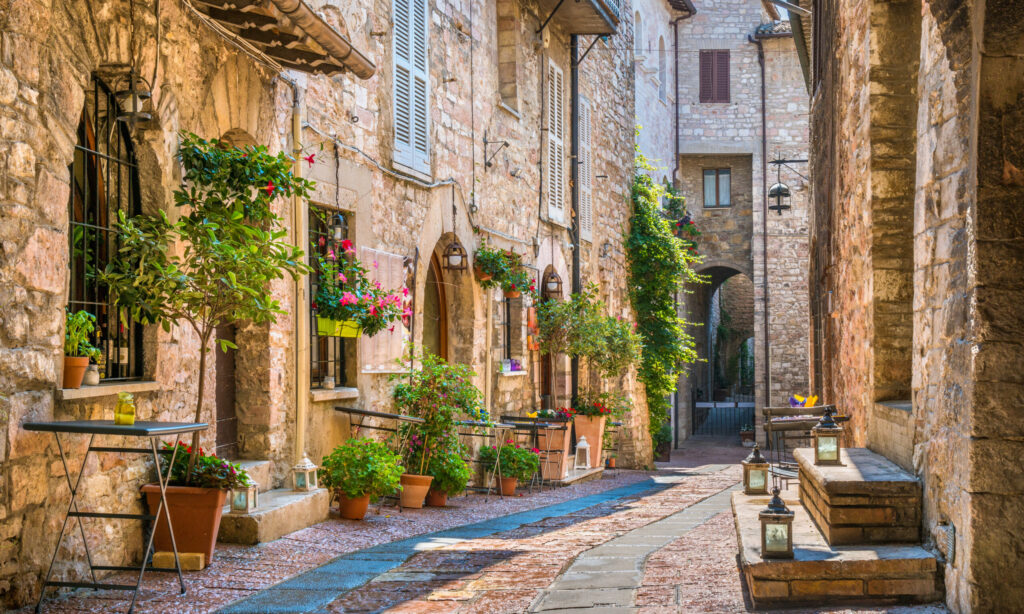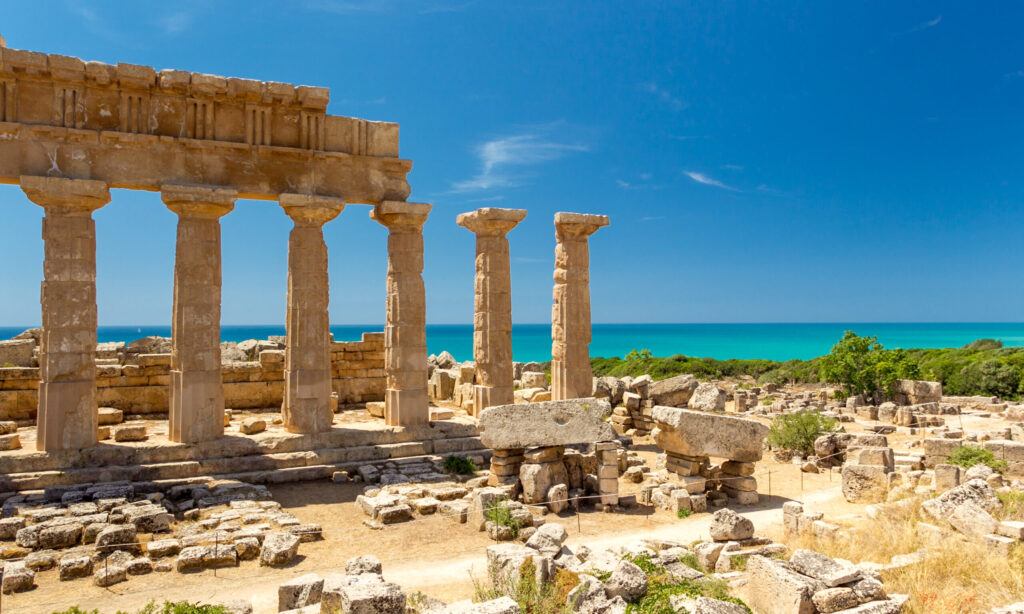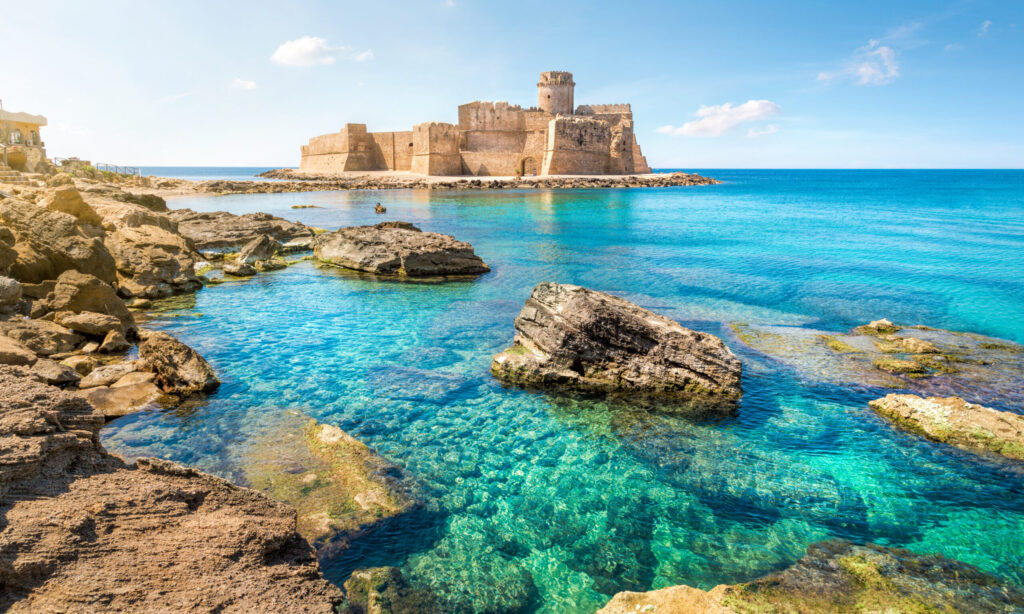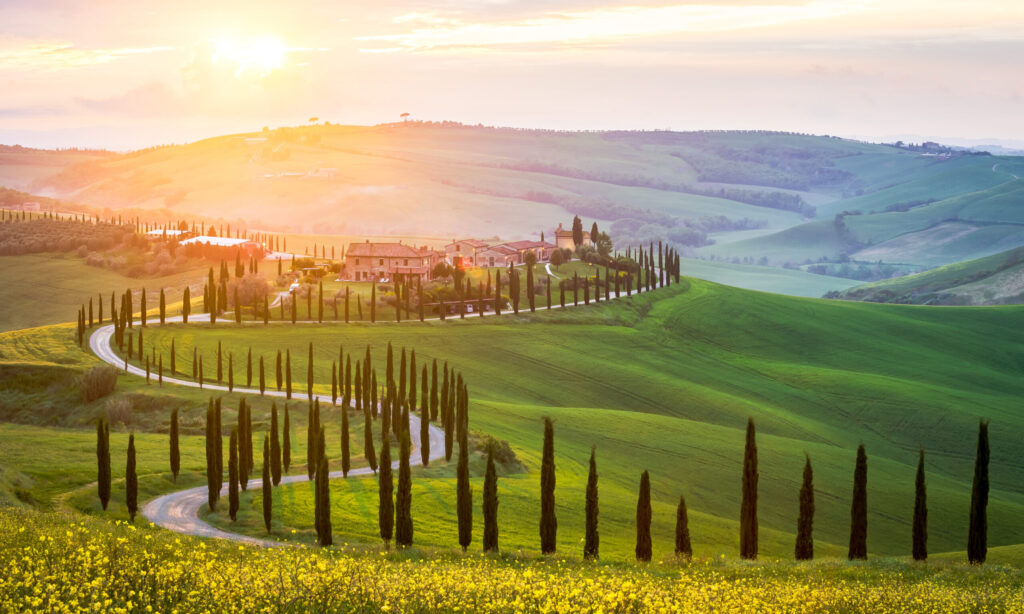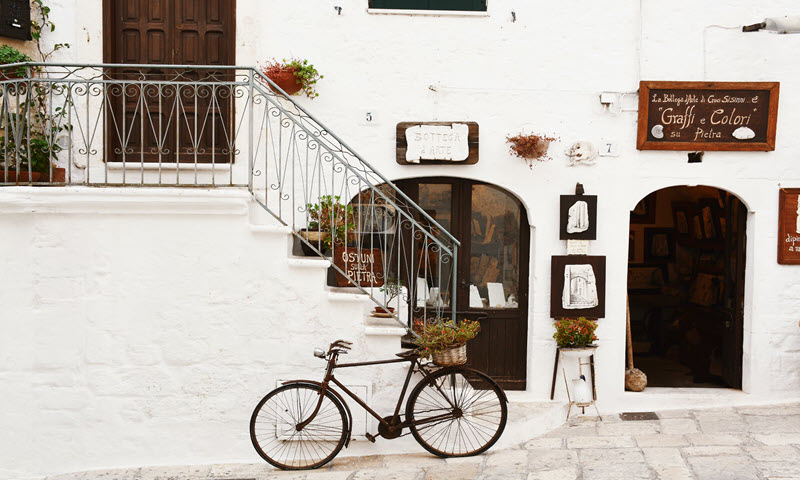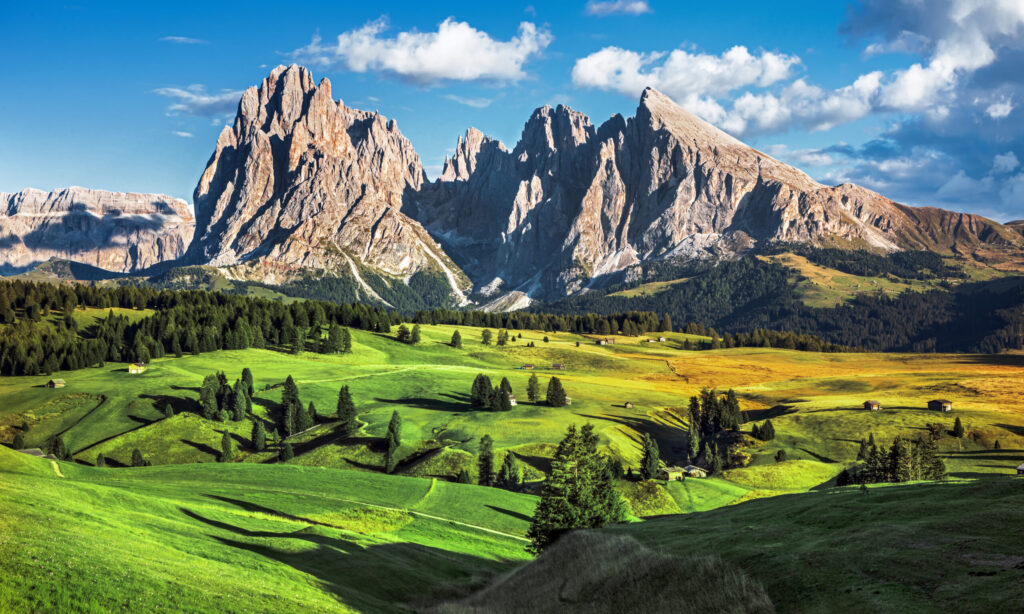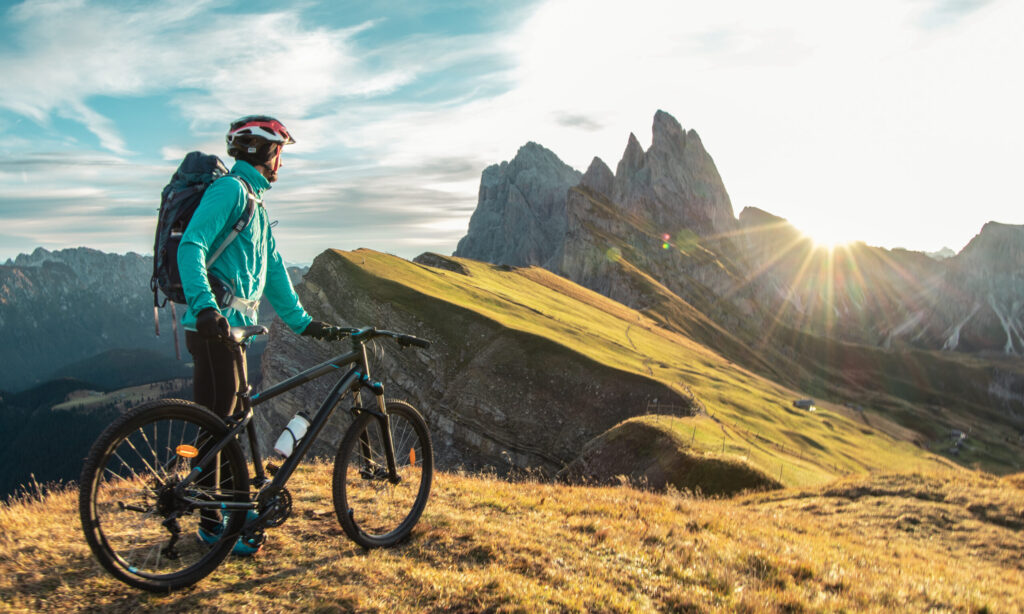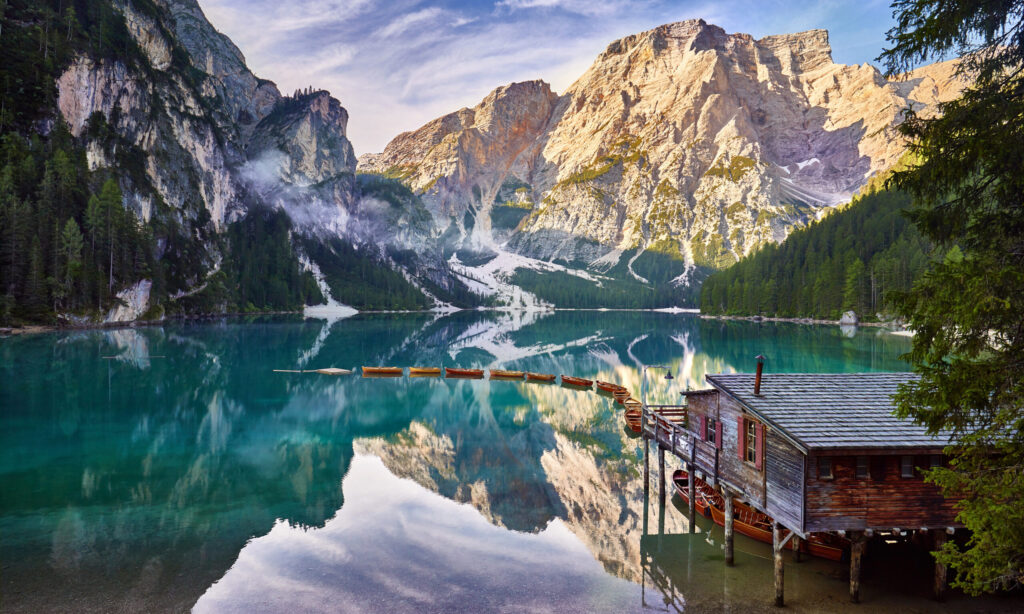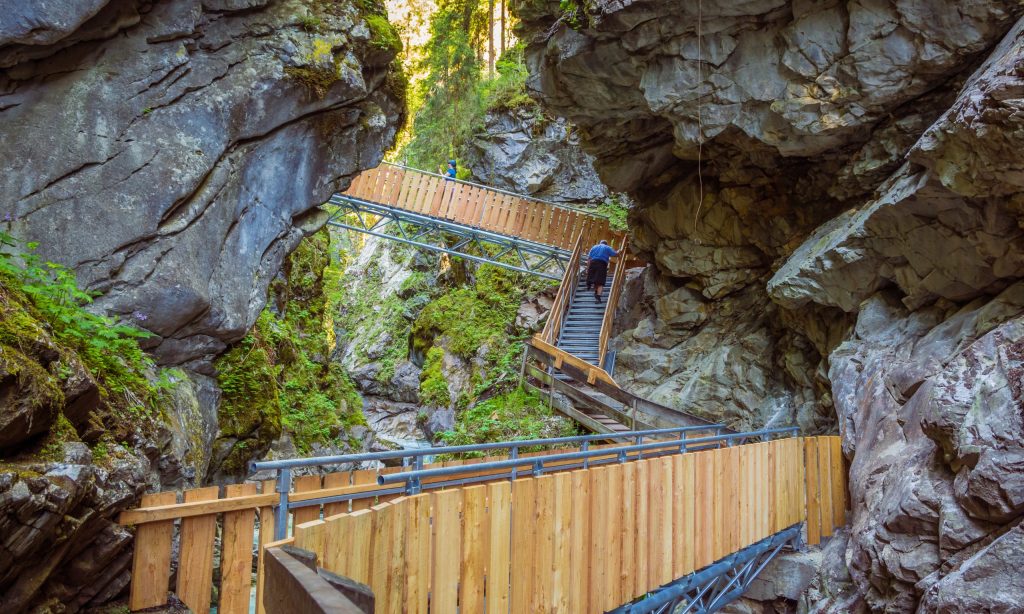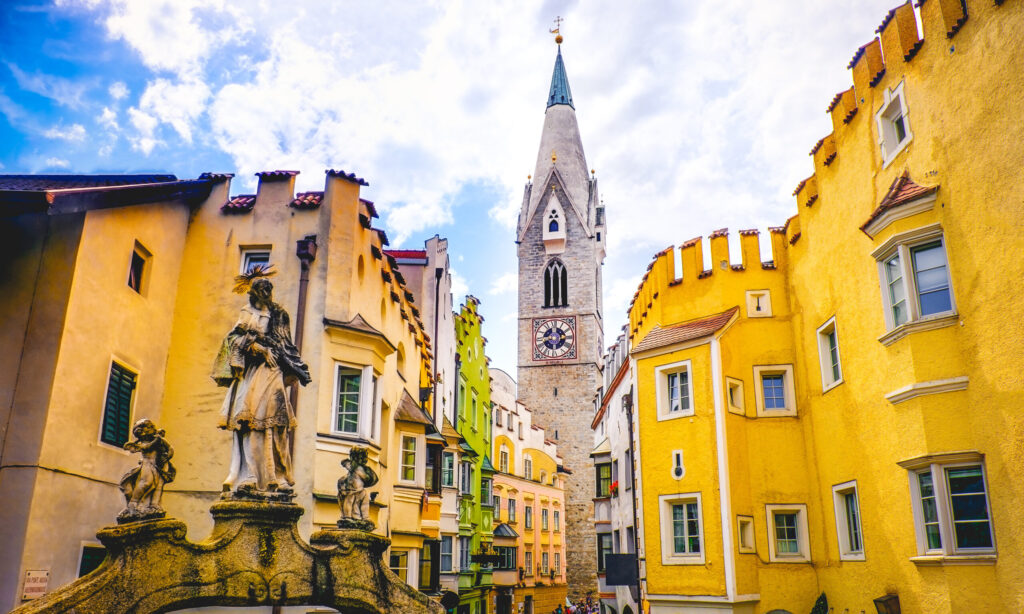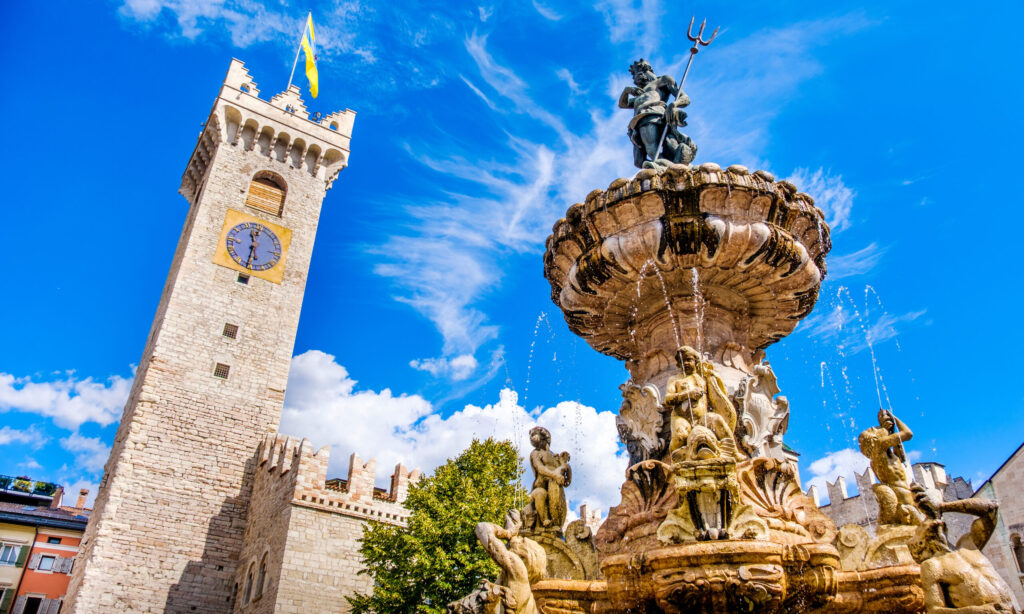South Tyrol's landscape and climate
From the harsh alpine climate in the summit regions on the main Alpine ridge in the north to the mild Mediterranean temperatures in the lower Adige Valley, the northern Italian region has everything to offer! The landscape is just as diverse: the icy glacier heights and bizarre dolomite needles form an impressive contrast to gentle wine hills and picturesque spa towns.
The five climate zones of South Tyrol
As the southernmost area of the German-speaking world, it has warm summers and tends to have mild temperatures all year round. The protective effect of the main Alpine ridge in the north and northwest keeps out overly cold winds, strong storms and rain clouds. In the Vinschgau Valley in the northwest, this even means that precipitation is so low that mountain farmers have irrigated their cultivated areas for centuries with the canal system of the Waale. Conversely, in the southern Adige Valley, warm air from the Po Valley reaches the Merano area and pleasantly raises the average temperatures.
On a trip from Bolzano to the Texel Group or the Dolomites, you can experience the region’s five climate zones first-hand. The insubrica climate, with a rainy spring and autumn and a high number of sunshine hours in the Bolzano area, changes to the sub-montane climate zone a little higher up. In the montane, Central European climate, the annual mean temperature falls below 7° C. On the Rittner Horn, the climate is subalpine with an annual average of only 4° C and much snow in winter. In the high alpine summit zone, the ground remains frozen all year round and the snow stays for at least six to eight months.
The rock diversity and UNESCO World Heritage of the Dolomites
The incredible rock diversity of South Tyrol can be traced back to the last 12,000 years of development of the Alpine mountains. The mountain world in the north and west is characterised by dark and often glaciated mountain ranges. They form an almost sombre contrast to the light-coloured rock of the Dolomites in the east and southeast, with isolated mountain needles and peaks on large plateaus. In the Eisack Valley around the town of Brixen, the Bolzano quartz porphyry, which is a volcanic rock, dominates its surroundings.
The primary rocks can be admired in the Tauern mountains in the northeast of South Tyrol. They consist of the oldest and originally deepest rocks in the whole of Italy. The main Alpine ridge consists of crystalline rocks such as granite and mica schist, but also marble and limestone and volcanic quartz.
The nine most important parts of the Dolomites have been a UNESCO World Heritage Site since 2009. The unique diversity of forms in the mountains is the reason for the extraordinary value of the mountain landscape. Cultural elements are also included in the justification because the landscape is not just nature when man has shaped it.
The protected sub-areas are, in the province of South Tyrol, the Northern Dolomites, Puez-Odle, Sciliar-Rosengarten, Latemar, Bletterbach and, in the province of Trentino, Dolomiti di Brenta. In the provinces of Belluno (Veneto region) and Trentino the areas around Pelmo, Croda da Lago, Marmolada, Pale die San Martino, Pale di San Lucano, Dolomiti Bellunesi, Vette Feltrine and Dolomiti Friulane e d’Oltre Piave, which extends into the Friuli Venezia Giulia region.
Booking and information
Would you also like to explore the scenic diversity of the northern Italian region of South Tyrol? We will be happy to provide you with the detailed itinerary of our Italy group tours on request. Contact us without obligation via our contact form or call us at +49 611 945879-42. We will be happy to make you an individual offer based on your travel wishes!

